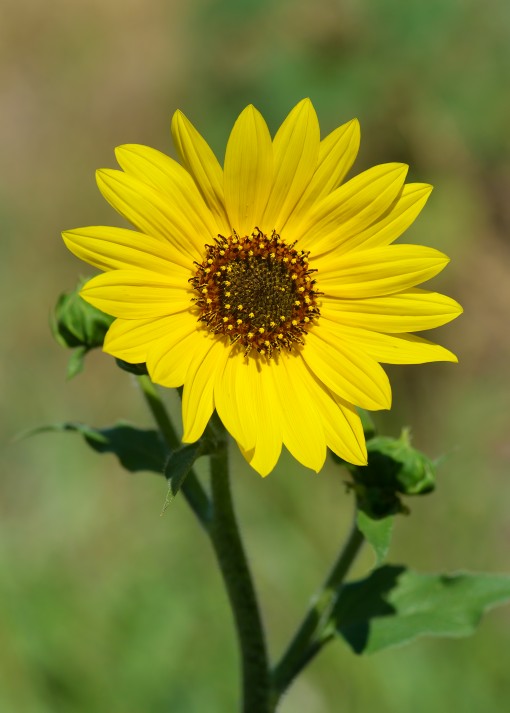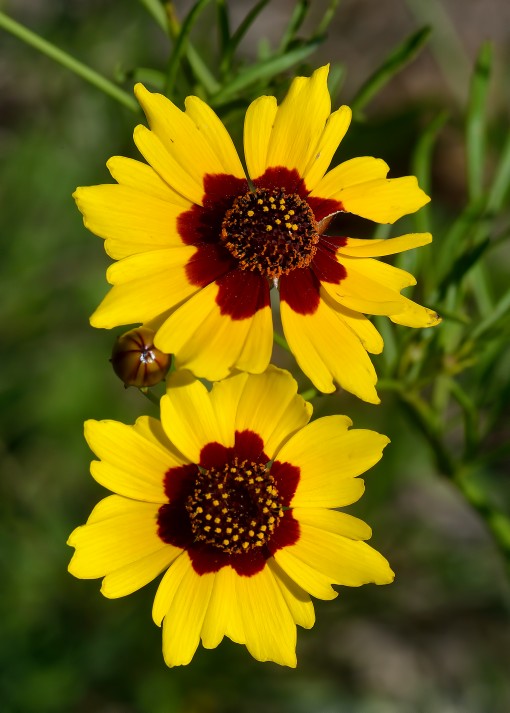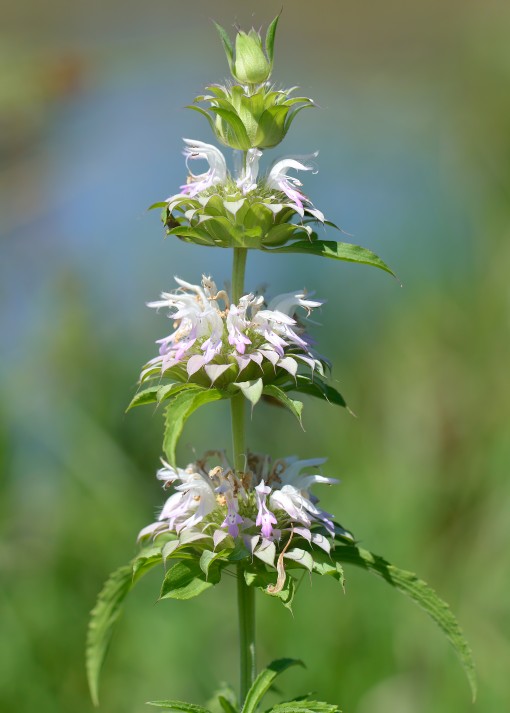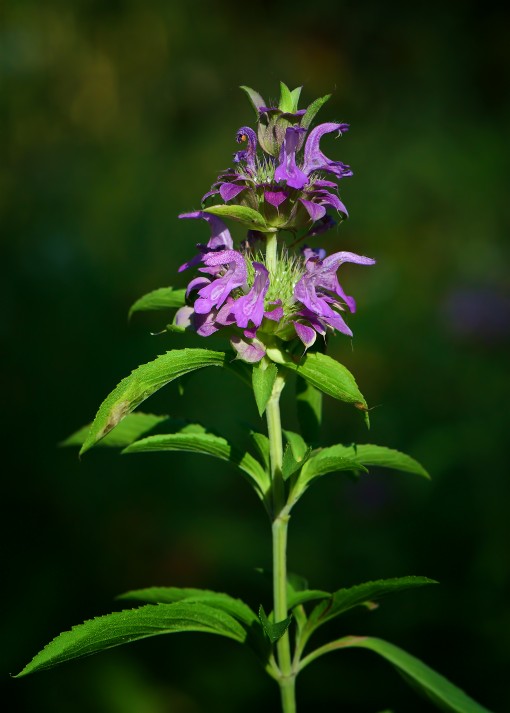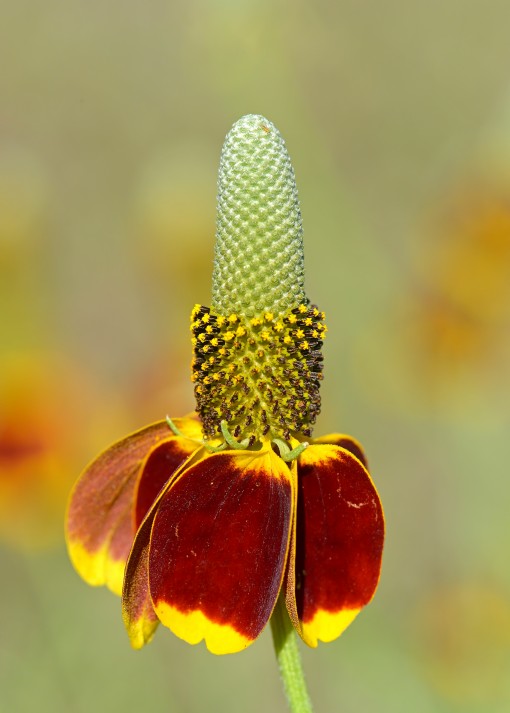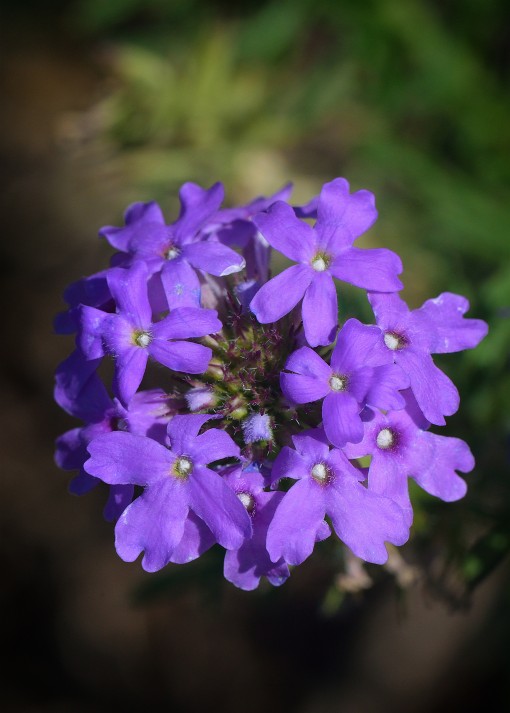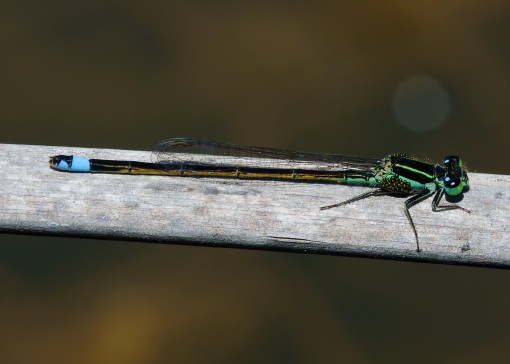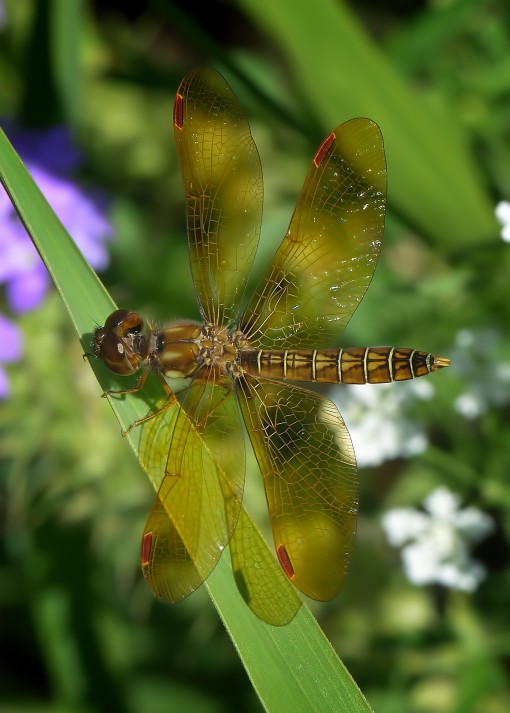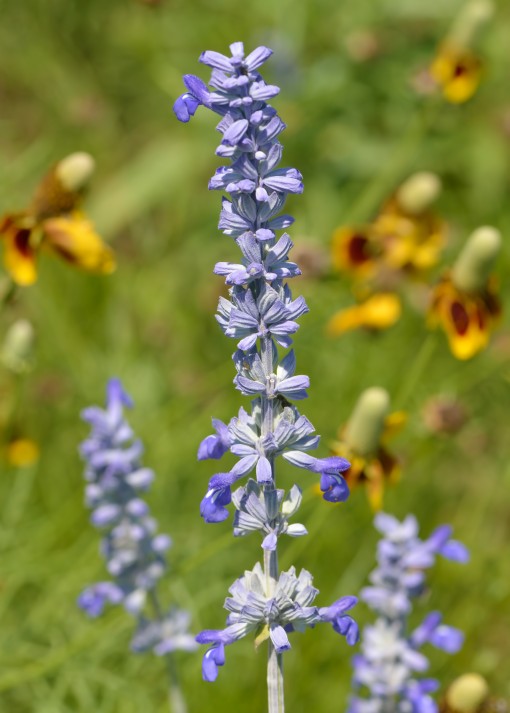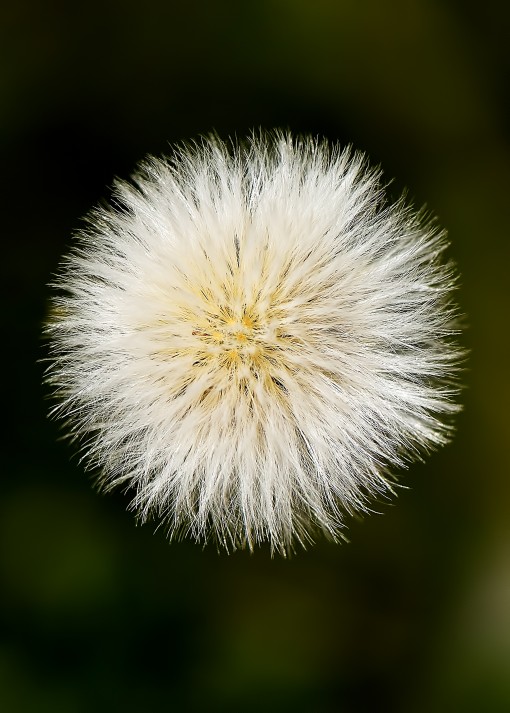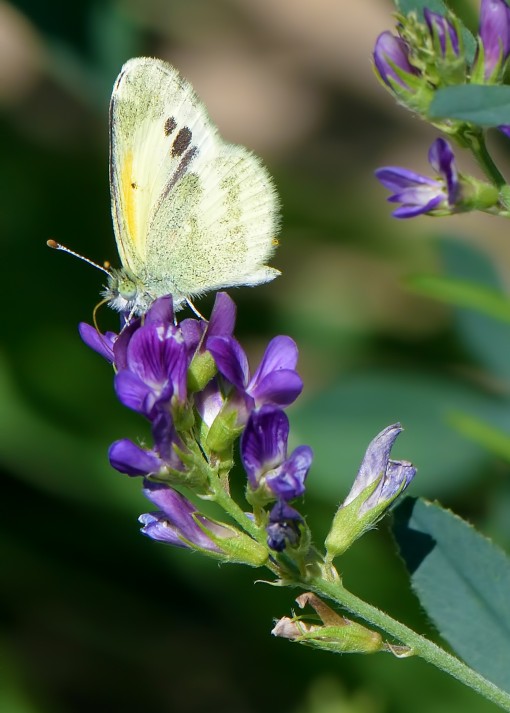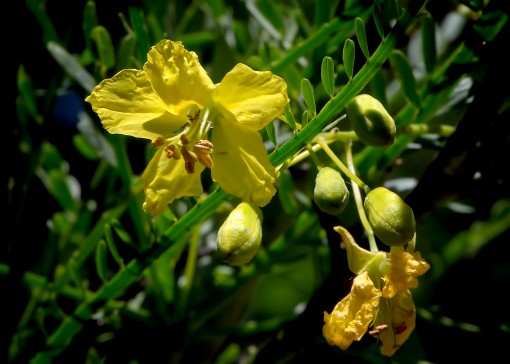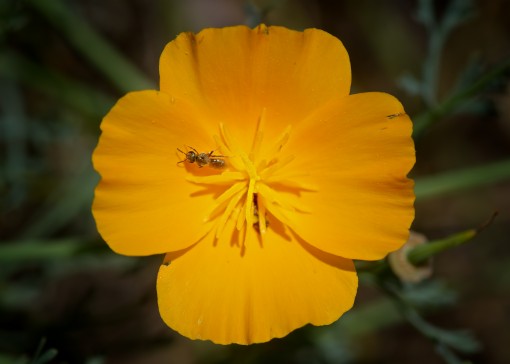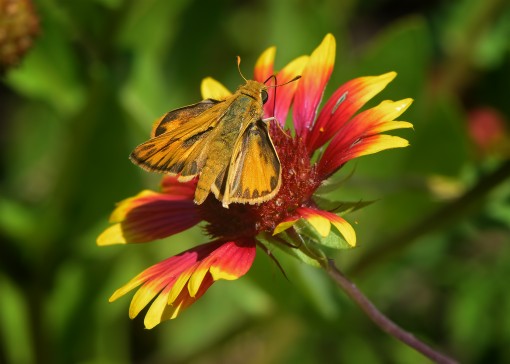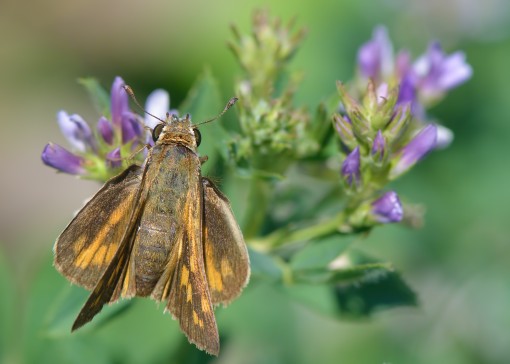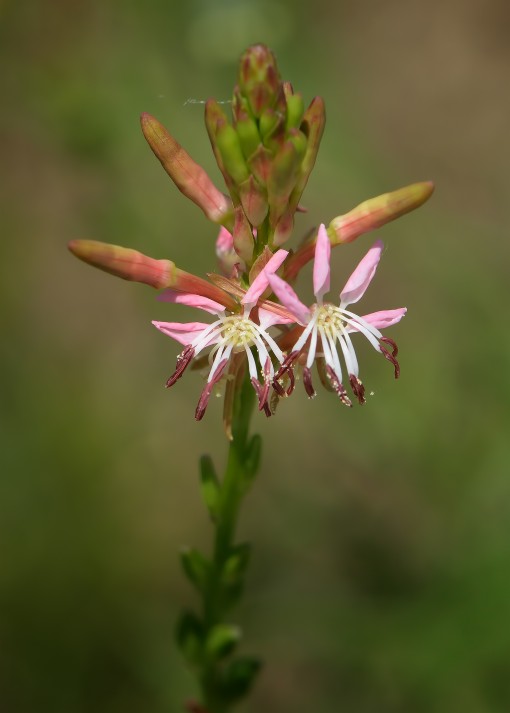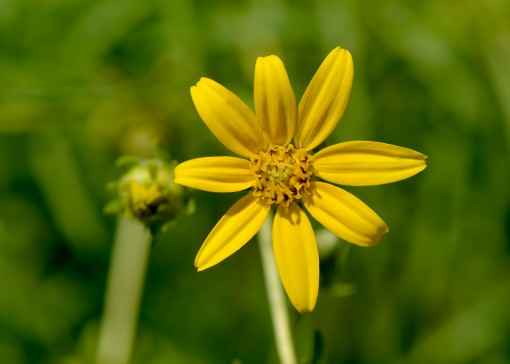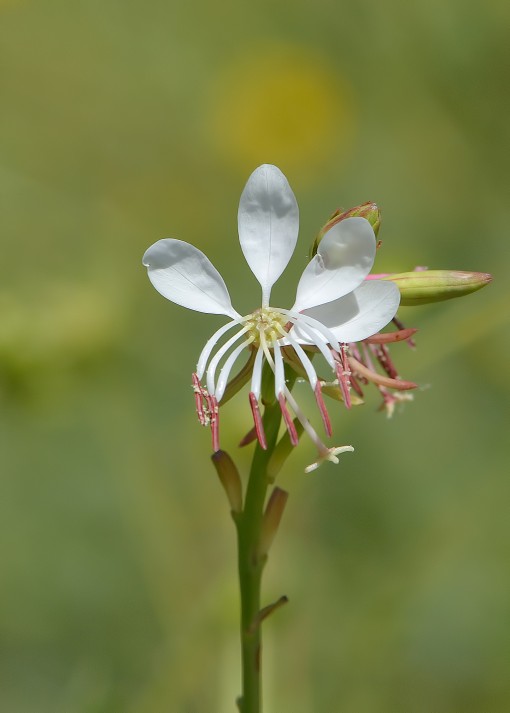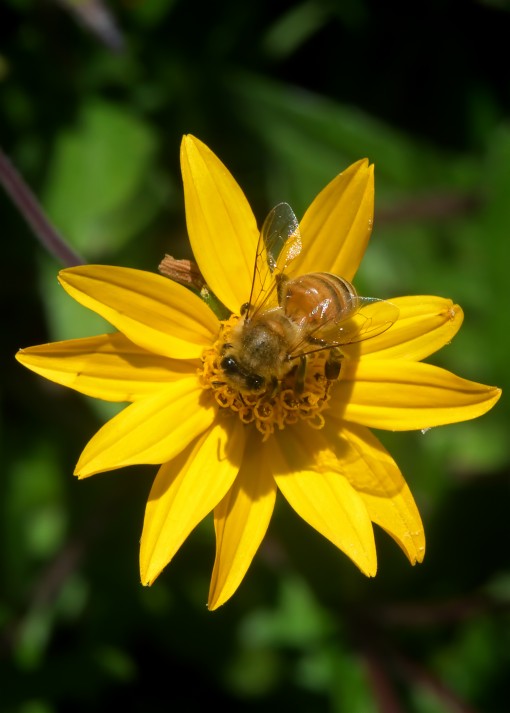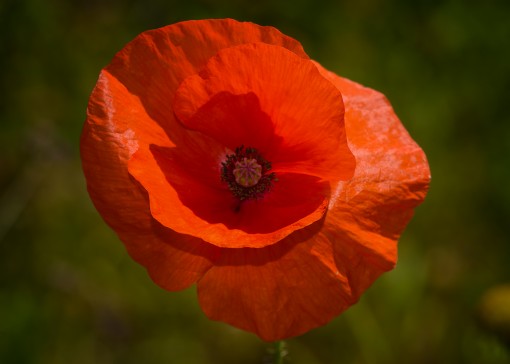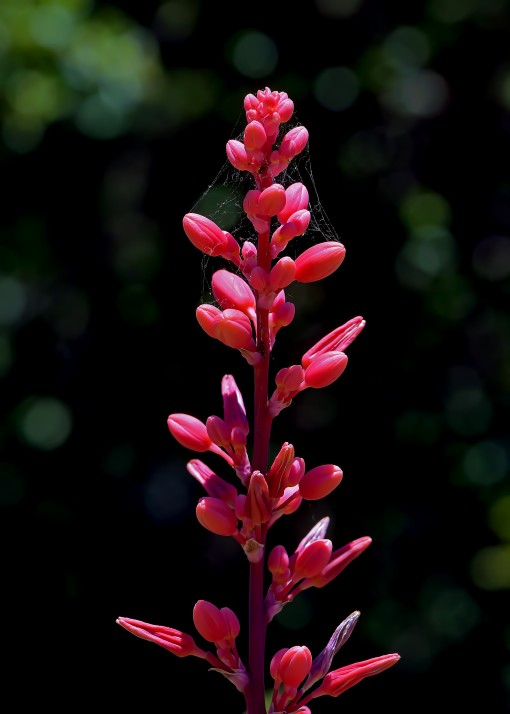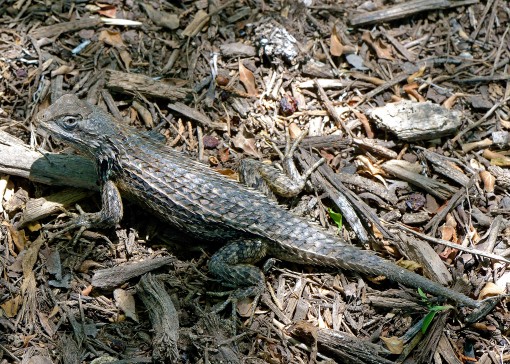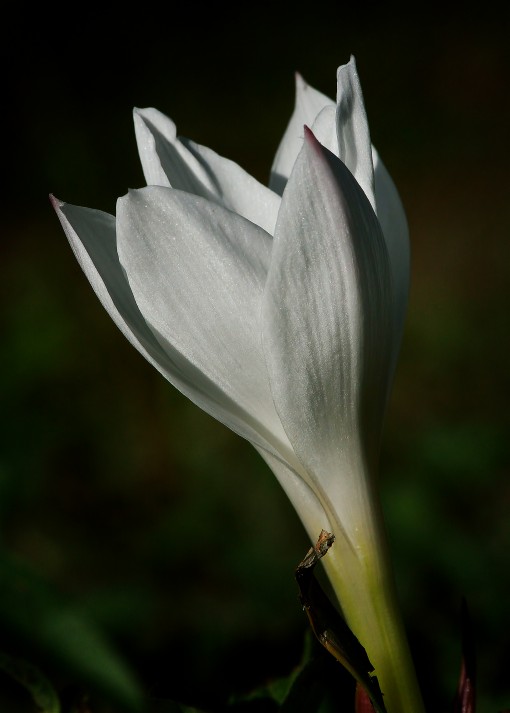Fail succeeds (with notes from the northwest)
May 15, 2014 | By Shoal Creek Conservancy
This blog post was written by Ted Lee Eubanks. To learn more about the author, please visit this site.
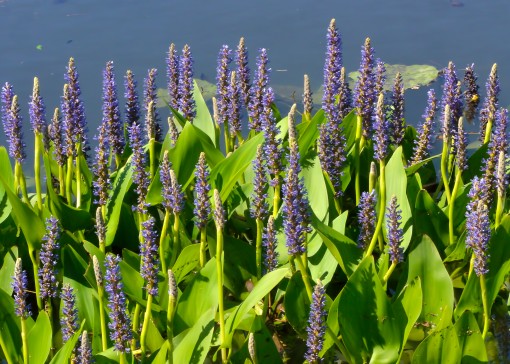
You will not find Lake Fail on a Visit Austin list of places not to miss when touring our town. In fact, I feel certain that Visit Austin has never heard of Lake Fail. Maybe most of you have never heard of Lake Fail.
You may have seen it. Travel north on Mopac, and immediately after crossing US 183 look to your right (east). The pond you see before the Firestone is Lake Fail. You can’t boat the lake, or swim in it. Lake Fail is a product of Watershed Protection, created to detain the storm water that runs off of the various impermeable surfaces (Mopac, shopping center) in that area.
Lake Fail is also part of the headwaters of Shoal Creek. The source of Shoal Creek is a series of springs in this area north of US 183. Most have been covered, paved, ditched, and rerouted.
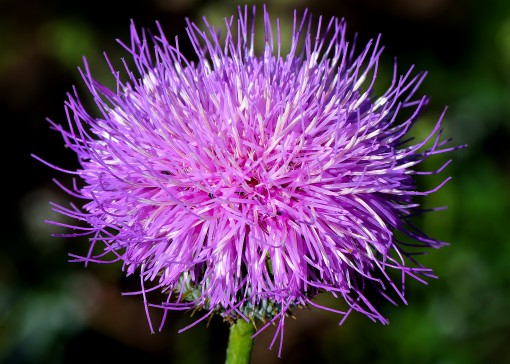
Lake Fail, although artificial, stands apart. The lake functions well not only as a storm water impoundment but as a vibrant wetland as well. A rich variety of waterfowl winters here, and in warmer months the edges are crowded with dragonflies, damselflies, frogs, turtles, and the like. Lake Fail is an excellent example of how a structure built for one purpose (to hold storm water) can also serve another needs. Our hats are off to Watershed Protection for this accomplishment.
I spent the morning at Lake Fail hoping to photograph whatever had appeared with the warm weather of spring. After a harsh winter, I didn’t expect the odonates to be common yet, and they weren’t. The berms or levees surrounding the lake had not been mowed in the recent past, however, and I found wildflowers blanketing the slopes. If I can’t photograph bugs, I shift to flowers.
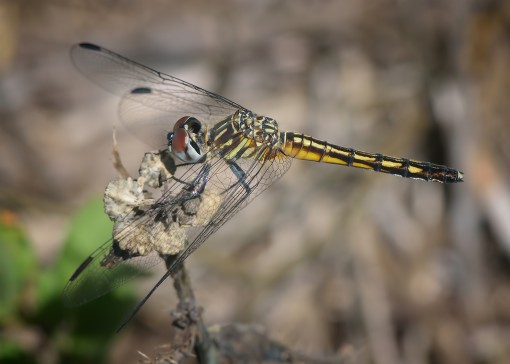
Most of the wildflowers at Lake Fail were the late-spring, heat-ot-summer variety. Hot weather plants such as gaillardia, coreopsis, horsemint, and Mexican hat were profuse. I found a few clusters of bluebonnets, a flower that I do not expect to see there in any abundance after early May.
One of the bluebonnet plants had flowers that were a lighter blue that the standard variety that we see here in the Hill Country. I have photographed white bluebonnets in the Big Bend and around Industry and Fayetteville, but I can’t remember seeing a baby blue variety like this before.
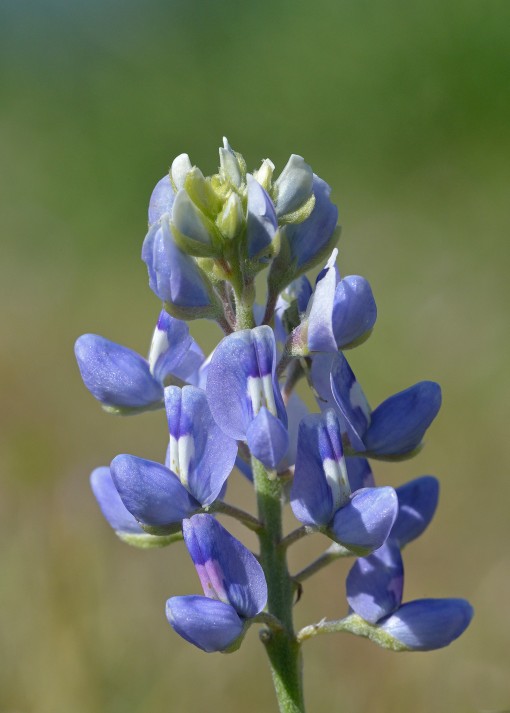
The following is a collection of images from Lake Fail that I have taken this week. I have photographed every bush and blade of grass along Shoal Creek over these past years, but I always seem to be finding something new every time I escape to the creek. I urge you to take advantage of the recent rains and cool weather to take a hike along Shoal Creek. The timing could not be better.
And be sure to stop by Lake Fail when you are in the area. Many of the storm water detention ponds that I have seen are barely more interesting than a bathtub. Austin’s Watershed Protection Department has created an amazing wetland in the Shoal Creek headwaters. Check it out!
After a day at Lake Fail, I decided to check out Beverly S. Sheffield Northwest District Park, better known simply as Northwest Park. This is one of PARD’s district parks, so most of the property is committed to various types of recreation. However, PARD has left the property between Shoal Creek Boulevard and Shoal Creek unmowed, and the wildflowers are spectacular. I can’t remember a thicker plot of Mexican hats along the creek in years.
I also squeezed in an hour or so at Mayfield Park and Nature Preserve, as well as Pease Park, to see if there were flowers there that I had missed earlier. The drought has certainly taken its toll, but many of the hardy flowers continue to thrive. I noticed the honey bees feeding at any source of pollen they could find. The bees depend on our wildflowers through the spring and summer, and in years of drought they are even more reliant on those flowers such as gaillardia and Engelmann’s daisy for pollen. The USDA has reported that a fourth of the honey bee colonies in the US died this past winter!
Conserving and propagating wildflowers is just another way to help restore America’s bee population. Why worry about bees?Bees pollinate 80 percent of our flowering crops which constitute 1/3 of everything we eat. Plant wildflowers in your yard and along the median. Wait to mow wildflowers until after they seed.
Shoal Creek hosts an impressive variety of wildflowers, and we need to help them continue to thrive. Here is how you can help us at the Shoal Creek Conservancy as we work to restore the Shoal Creek watershed. First, join. Fill out the membership form, send in your membership fee, and be part of our incredible conservation organization.
Second, do you want to find these spots on Shoal Creek that I mention? We have an app for that! Go to the Apple or Google app stores, and download Trails2go. After you have downloaded the free app, you can either download or stream the Shoal Creek SmartTrail. Shoal Creek from Lady Bird Lake to Lake Fail is included in the trail. The app will direct you to more than 50 sites on or near the creek, including Duncan Park, Pease Park, and the creek’s headwaters. Join in the fun!
